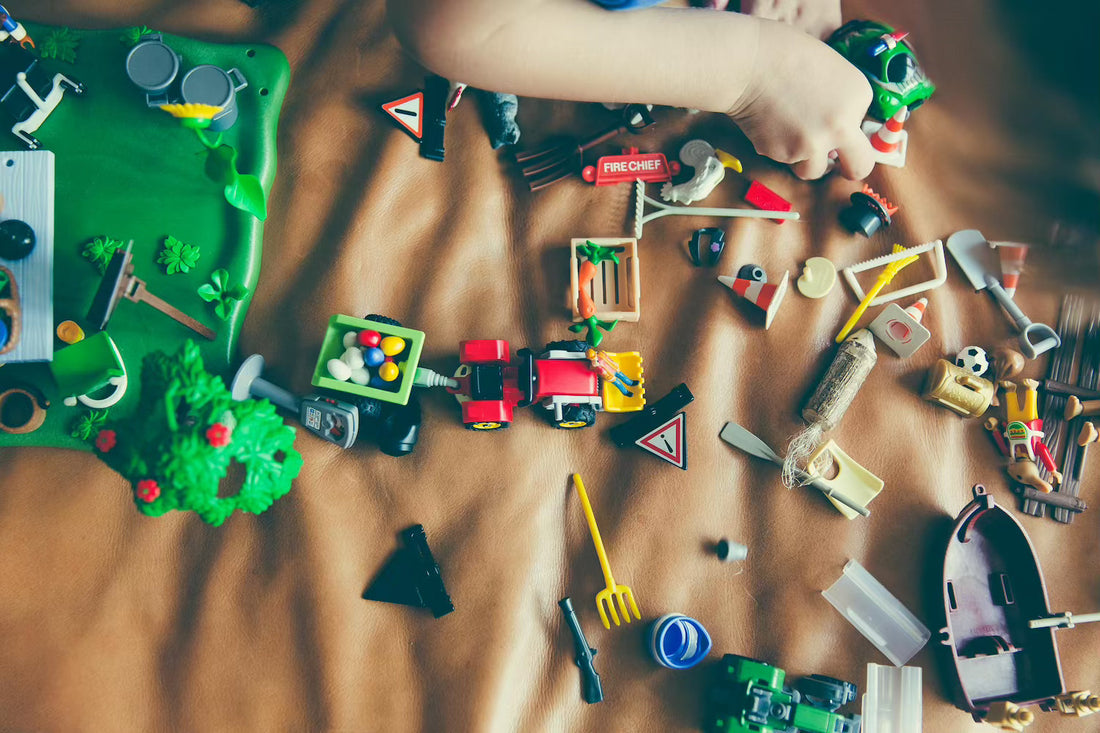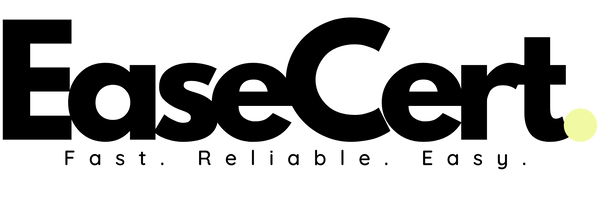
Toy Safety in the EU: Regulation Replaces Directive
On April 10, 2025, the European Parliament and Council reached a provisional agreement on a new Toy Safety Regulation. This will repeal and replace the current Directive 2009/48/EC and introduce significant changes to how toys are assessed, documented, labeled, and monitored in the EU. The new Regulation reflects the goals of the European Green Deal and the Chemicals Strategy for Sustainability, while aligning with the General Product Safety Regulation (EU) 2023/988.
Below is a technical breakdown of the changes, drawn from official EU legislative and policy sources.
Legal Form and Application
The Directive will be replaced with a directly applicable EU Regulation. This removes the need for national transposition and will ensure a uniform legal framework across Member States. All obligations will apply directly to economic operators, including manufacturers, importers, distributors, and online marketplaces.
A transitional period of 30 months will apply for most provisions after the Regulation enters into force, with some additional time for the full implementation of market surveillance mechanisms (up to 54 months).
Digital Product Passport (DPP)
Each toy placed on the EU market must be accompanied by a Digital Product Passport (DPP). This requirement aligns with the EU’s broader push toward digital compliance tools under the Ecodesign for Sustainable Products Regulation (ESPR).
The DPP must include:
- Declaration of Conformity
- Technical documentation, including design description, test reports, and references to harmonised standards
- Chemical compliance evidence, including SVHC declarations and materials safety data
- Identification of the manufacturer and EU Responsible Person
- Traceability data such as batch or serial numbers
The DPP must be accessible via a data carrier (typically a QR code) placed on the toy packaging. Authorities will use the DPP for customs clearance, surveillance, and enforcement actions. Online marketplaces will also be expected to host and verify the DPP for toys sold via their platforms.
Updated Chemical Requirements
The Regulation expands chemical safety rules beyond what is currently required under REACH and the existing Toy Safety Directive.
Key updates include:
- Specific restrictions on endocrine-disrupting chemicals (EDCs), based on evolving scientific classifications from ECHA
- Additional migration limits for hazardous substances such as formaldehyde and aniline
- Targeted restrictions for toys intended for children under 36 months or intended to be placed in the mouth
- Removal or limitation of exemptions previously available for REACH- or CLP-compliant materials
- Introduction of a delegated act mechanism for setting or updating chemical derogations and limits
Scientific opinions from the SCHEER committee and ECHA databases will be referenced for compliance and enforcement.
Harmonised Standards and Technical Documentation
While the EN 71 series will remain central to demonstrating conformity, the Regulation introduces expanded documentation obligations:
- Test reports must clearly reference the harmonised standards applied
- Risk assessments must consider the toy’s design, materials, foreseeable use, and potential misuse
- Documentation must be retained and accessible for at least 10 years
- Notified Body involvement is required for specific categories of toys
DPP data must match the information included in the technical documentation.
Market Surveillance, Customs, and Online Platforms
The new Regulation introduces a centralized enforcement system:
- EU customs authorities will have direct access to DPPs and supporting compliance data
- Market surveillance authorities will coordinate inspections and response actions
- Fulfilment service providers and online marketplaces may bear legal responsibility for non-compliant toys
- Failure to provide the DPP or documentation on request may result in withdrawal, recall, or fines
The Regulation also interacts with the General Product Safety Regulation (EU) 2023/988, which sets general requirements for accident reporting, traceability, and consumer redress.
Labeling and Consumer Information
In addition to existing labeling requirements, the Regulation will mandate:
- Placement of a QR code or equivalent data carrier on product packaging to access the DPP
- Clear identification of the toy, batch or serial number, and manufacturing information
- Name and address of the manufacturer and the EU Responsible Person
- Harmonised warning symbols and multilingual safety statements
- Age grading and specific risk warnings
What Economic Operators Should Do Now
To prepare for the Regulation’s entry into force, economic operators should:
- Review chemical safety documentation
- Begin preparing Digital Product Passports
- Align labeling formats to include QR code and revised safety language
- Confirm designation of an EU Responsible Person
- Update technical files and testing references
Primary EU Source Documents and Further Reading
- European Commission proposal COM(2023)
-
European Parliament press release – April 2025
- EN 71 Series – Harmonised standards
-
General Product Safety Regulation (EU) 2023/988
For technical support with your toy documentation, labeling, or Digital Product Passport preparation, contact us at info@easecert.com.
